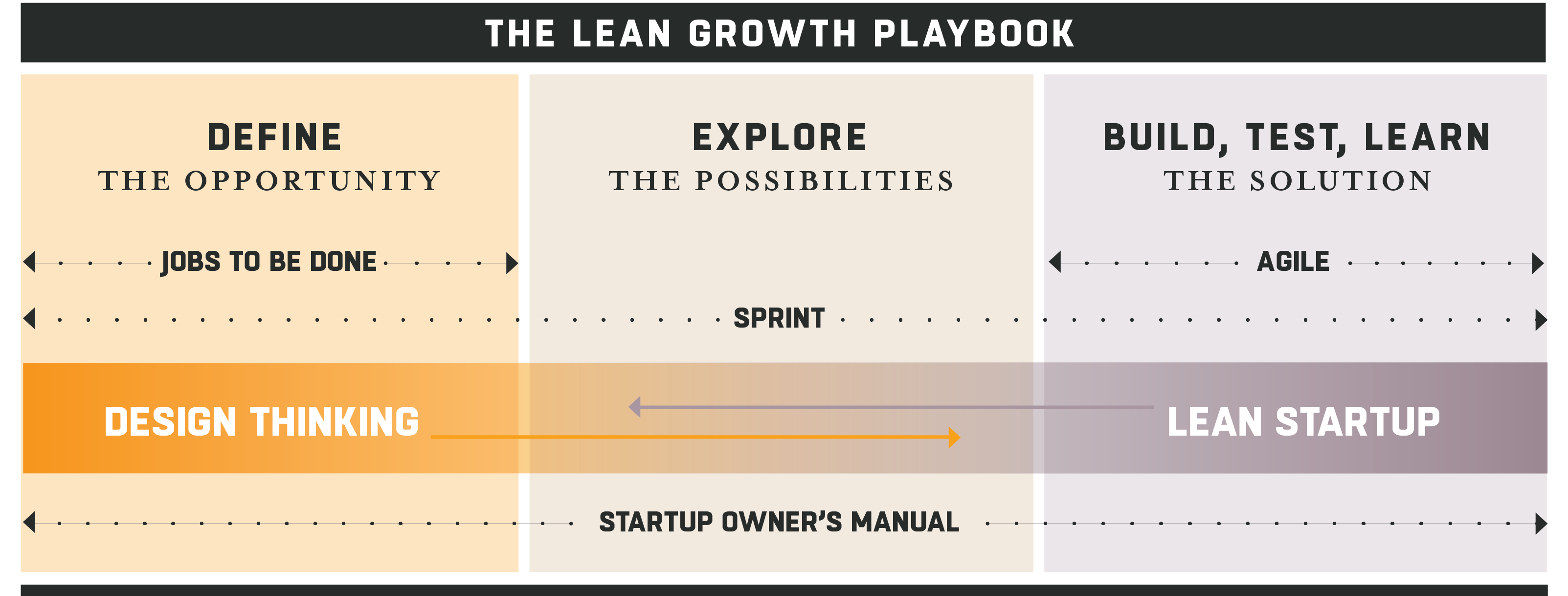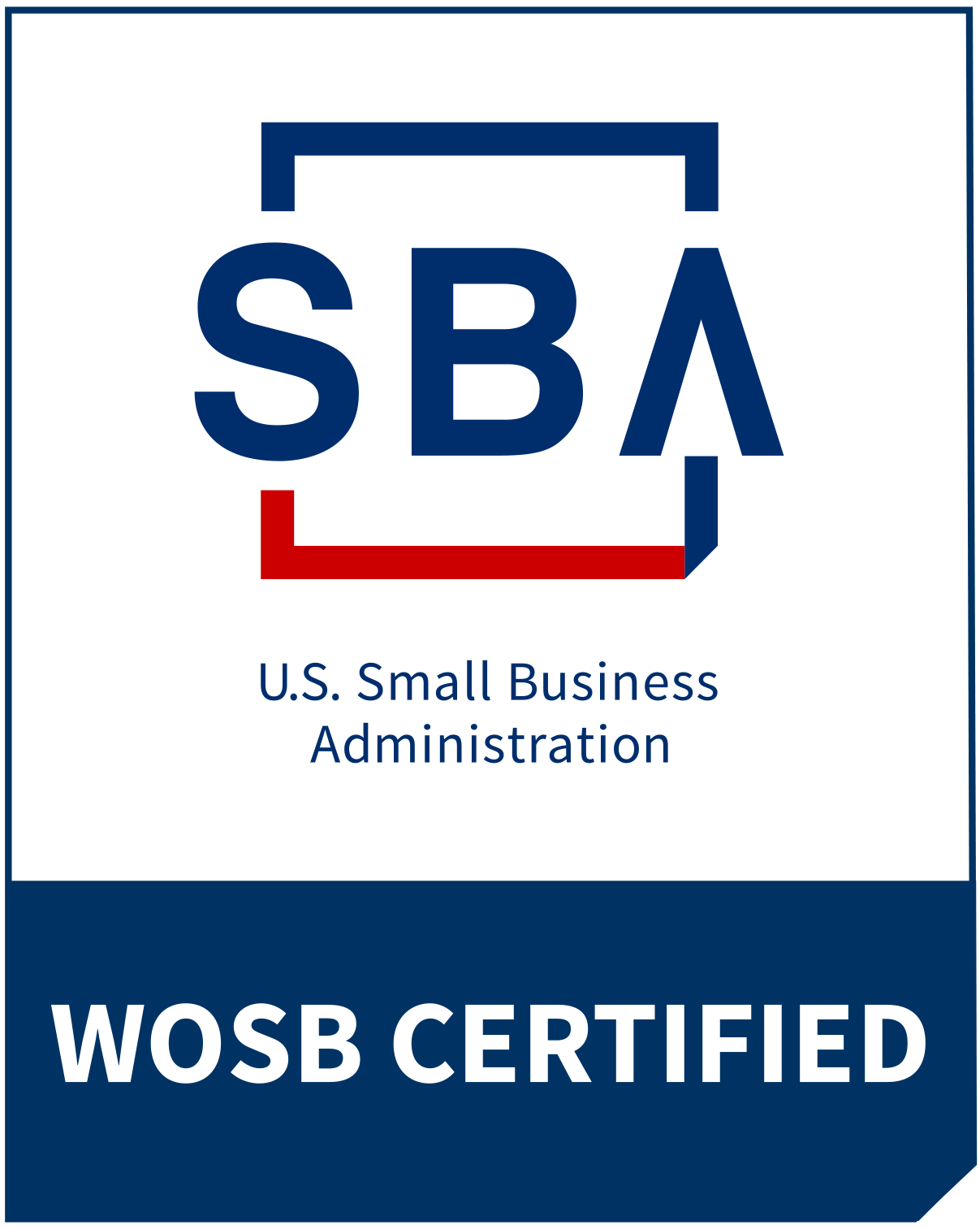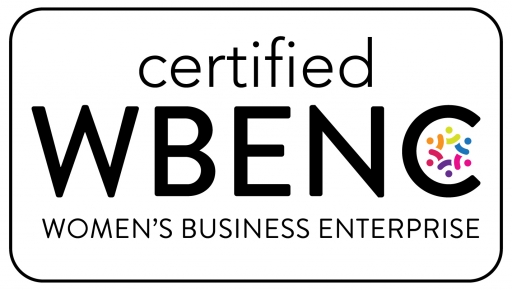If you’ve worked with us before it is highly likely you’ve seen this quote. This is because we cannot emphasize enough how important it is to truly figure out the problem before you begin any attempt to solve. When we help our clients tackle challenges, we leverage our Lean Growth Playbook and apply a Define the Problem, Explore the Possibilities, and Build, Test, Learn the Solutions arc.

We’ve found that many teams experience a few problems related to the Define phase:
- They want to skip the Define phase altogether and just get right to the fun stuff— innovating. Teams have a really difficult time not jumping to solutions and ideas before they truly know what they are solving for.
- Teams can spend a great deal of time and resources immersed in the problem and building context, but struggle to effectively transition to framing up the clear Job to be Done that they’re solving for. For example, deep-diving into Design Thinking and Empathy without moving into application stalls both the team and the ability to impact the business. Especially challenging for Insights functions, it’s important to define the problem in a way that enables the team to move with urgency to action solutions.
Teams aren’t successful when they are in these two scenarios because they’re executing without a clear actionable mission and goal in mind. Ideas or solutions built without a foundational, entrepreneurial, and actionable Define phase face pitfalls of being irrelevant to the consumer, incremental instead of disruptive, or simply not strategic for the brand, product, or company. Define provides guardrails for what’s in-scope and out-of-scope, and clear constraints to embrace when diverging in the Explore phase.
We frequently leverage Jobs to be Done as a critical piece of Defining the Problem (we discuss Jobs to Be Done in-depth here and here), but it’s one tool in the toolbox of building a holistic context that the business challenge fits within.
Each challenge requires a customized look at the existing assets and data that will paint an informed look at the context. A learning plan for the Define the Problem phase can provide helpful guardrails and focus. Otherwise, it’s easy to spend forever in the Define phase – so, Define with hustle and urgency that moves to action. To quickly establish context, it is critical that your learning plan drives understanding of each of these three things below:
1. Competitor Understanding in Category and Adjacencies
-
- What are competitors inside the category and adjacent to the category doing?
- Analyze what competitors are doing – from the language used to offerings and new product launches
- Re-define the competitive set to be anything that the consumer/customer uses to achieve the Job, taking a broader lens
- Emerging technology – What new tech advances could impact the category?
- Startup landscape – What are startups doing inside and adjacent to the category? Partners like Radicle use AI to analyze hundreds of source (far beyond Crunchbase) to identify the startup landscape
- What are competitors inside the category and adjacent to the category doing?
2. Consumer and Customer understanding
- What do consumers need and want that is unsolved or under-solved today?
- Digital Ethnography – have participants complete activities that chronicle their life and category context (showing us, instead of telling us)
- Social Media Ethnography – scrape existing social media artifacts
- Interviews – live or via webcam
- Team Missions – send the team to do custom activities that help them to see through the consumer lens, from interviewing friends to having them use the products under consumer constraints. (And here are 6 other scrappy ways to gain consumer understanding >>>)
- Customer (or other stakeholders) understanding – What pain points do the retailers selling the product experience (for CPG)? What do agents on the front-lines need but don’t yet have (for financial services)?
-
- Interviewing customers/stakeholders through a variety of different methods
- A panel of customers/stakeholders during a work session allows for a large group to build empathy for customer/stakeholder pain points quickly
3. Regulatory context
- What are the legal constraints to navigate? What patents are being issued, that shed light on competitive activity?
- Google Patents
- Interviewing legal experts who know the category and/or adjacent category
The breadth of context and a holistic picture of the Problem allows teams to be inspired and strategically guard-railed in the Explore the Solutions Phase, then in the Build, Test, Learn Phase, this context allows teams to make informed, quick pivots. Don’t make the mistake of thinking that jumping right into Solutions will be quicker. It might be in the short-term, but if your team quickly builds something that nobody wants, it’s a loss anyway.


